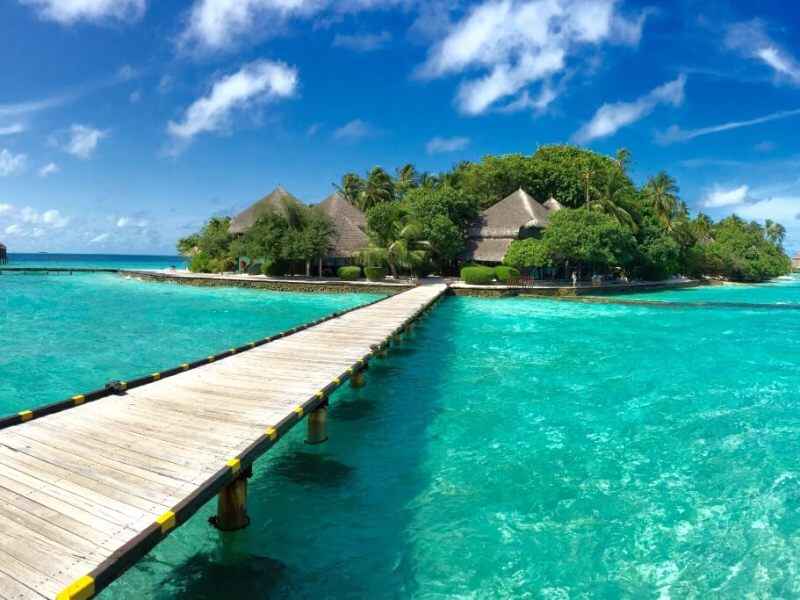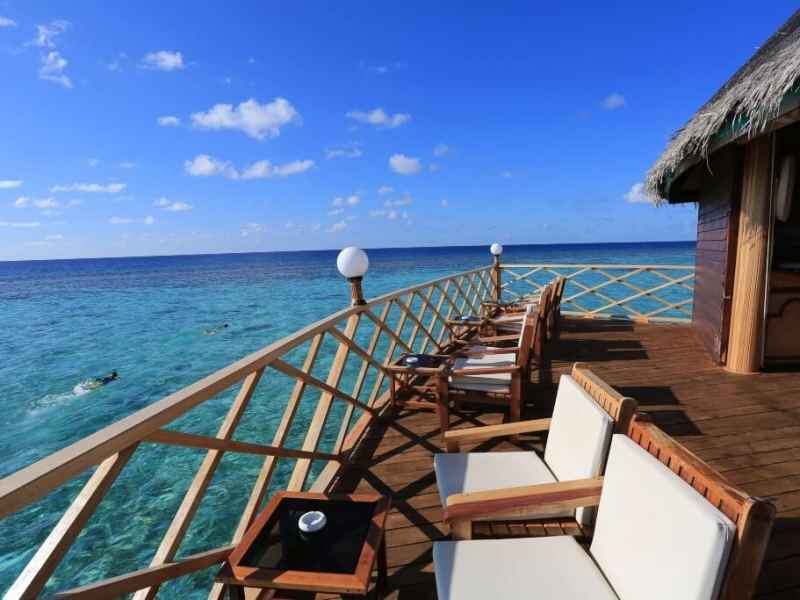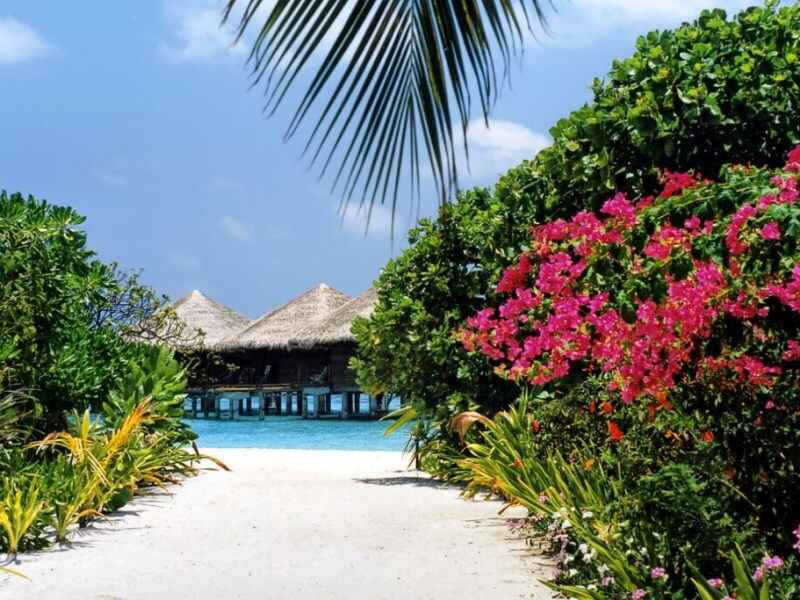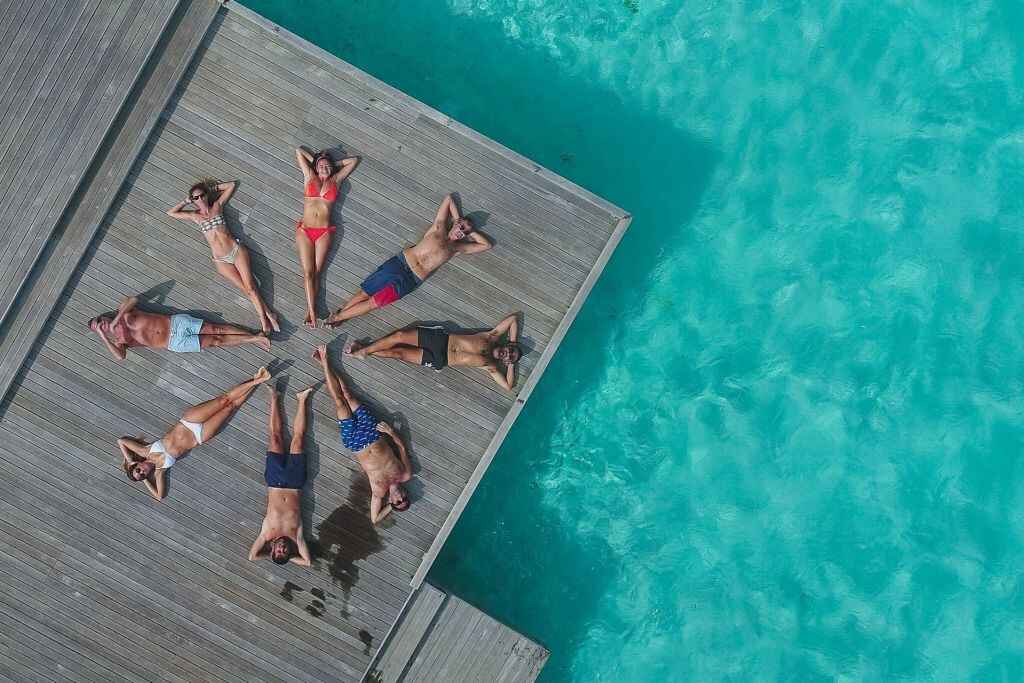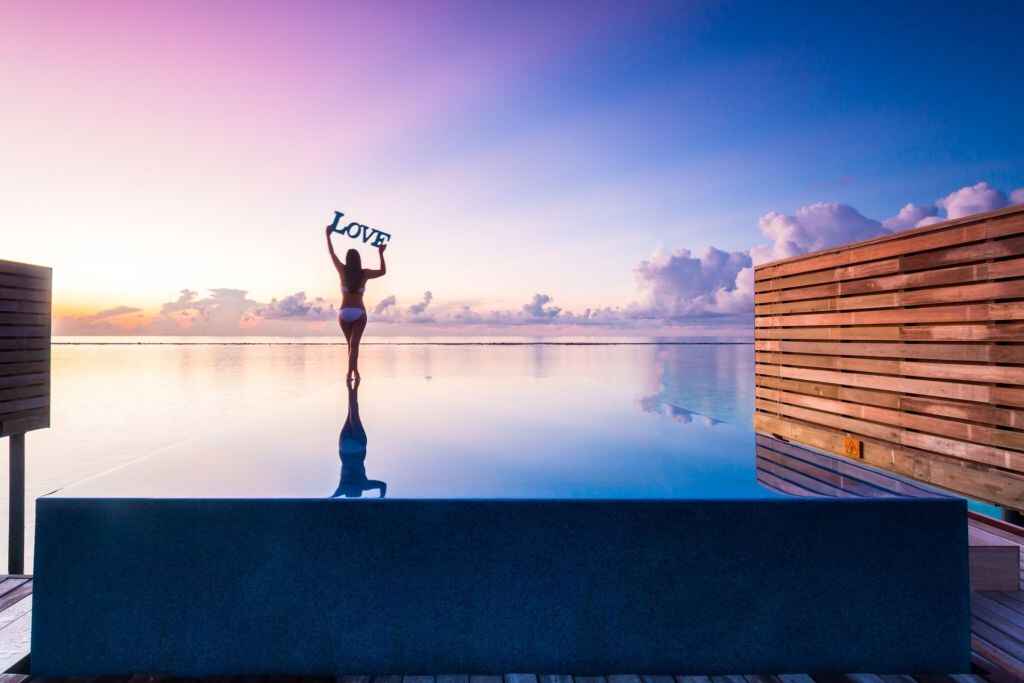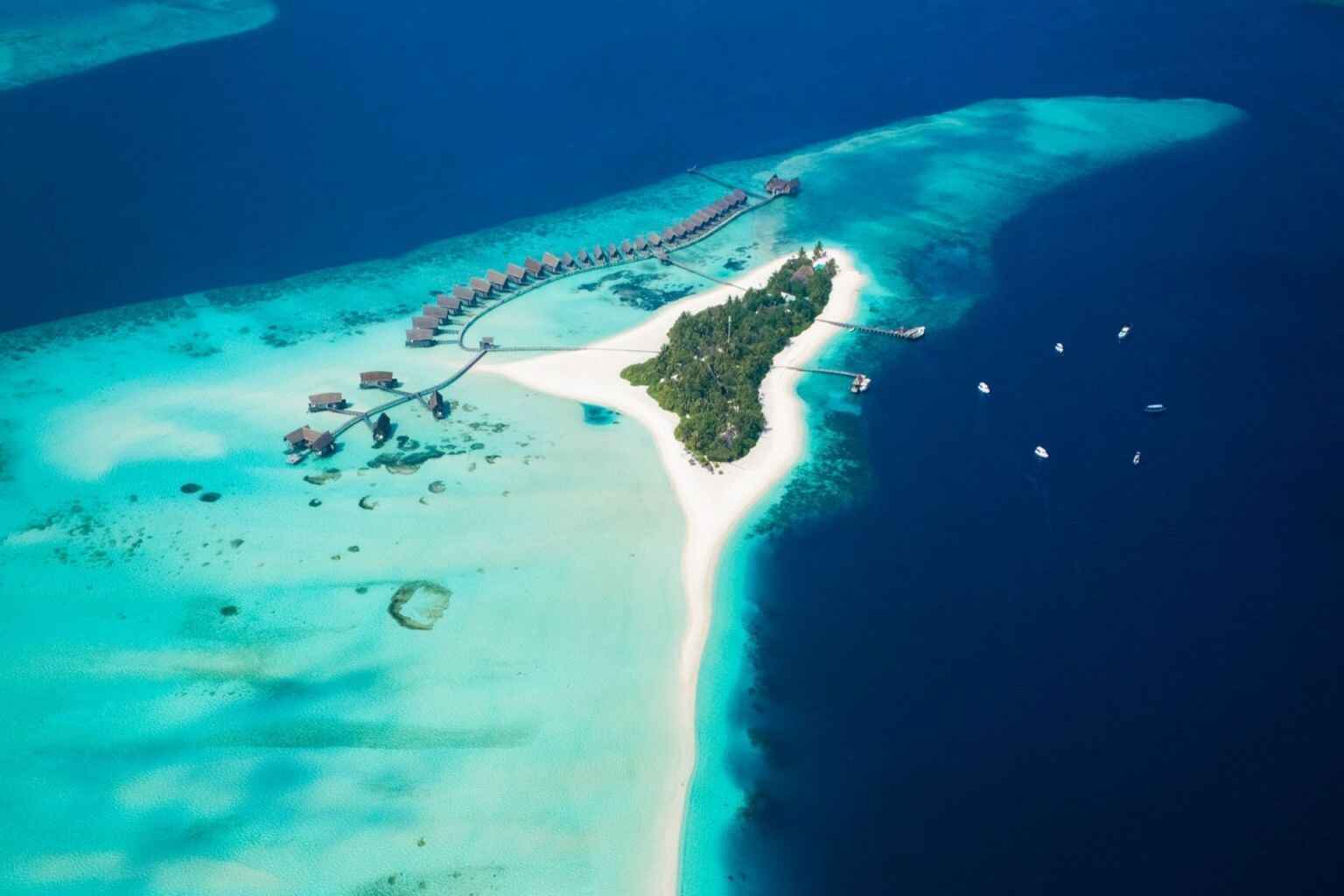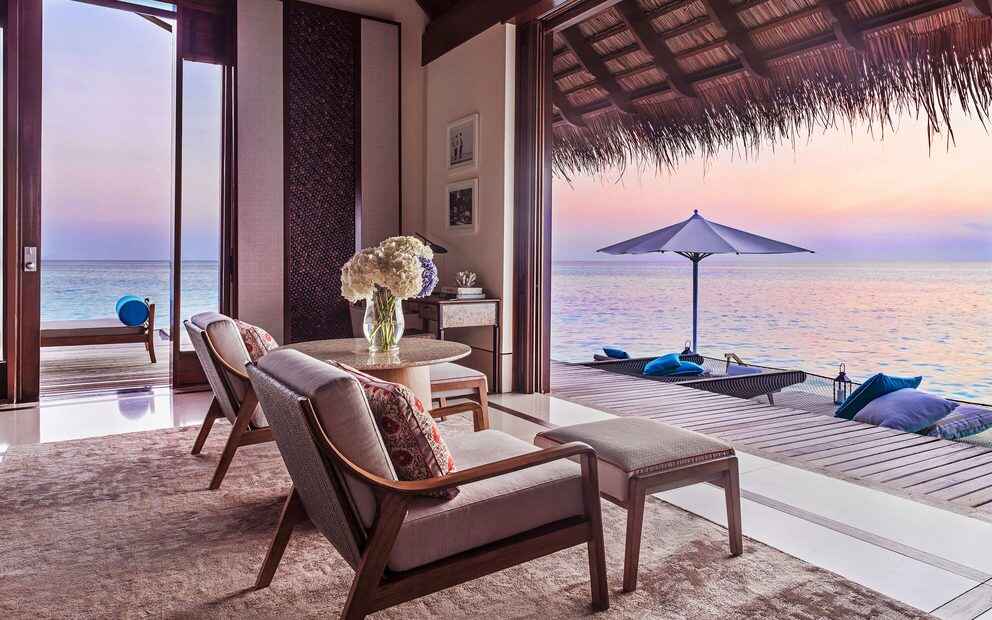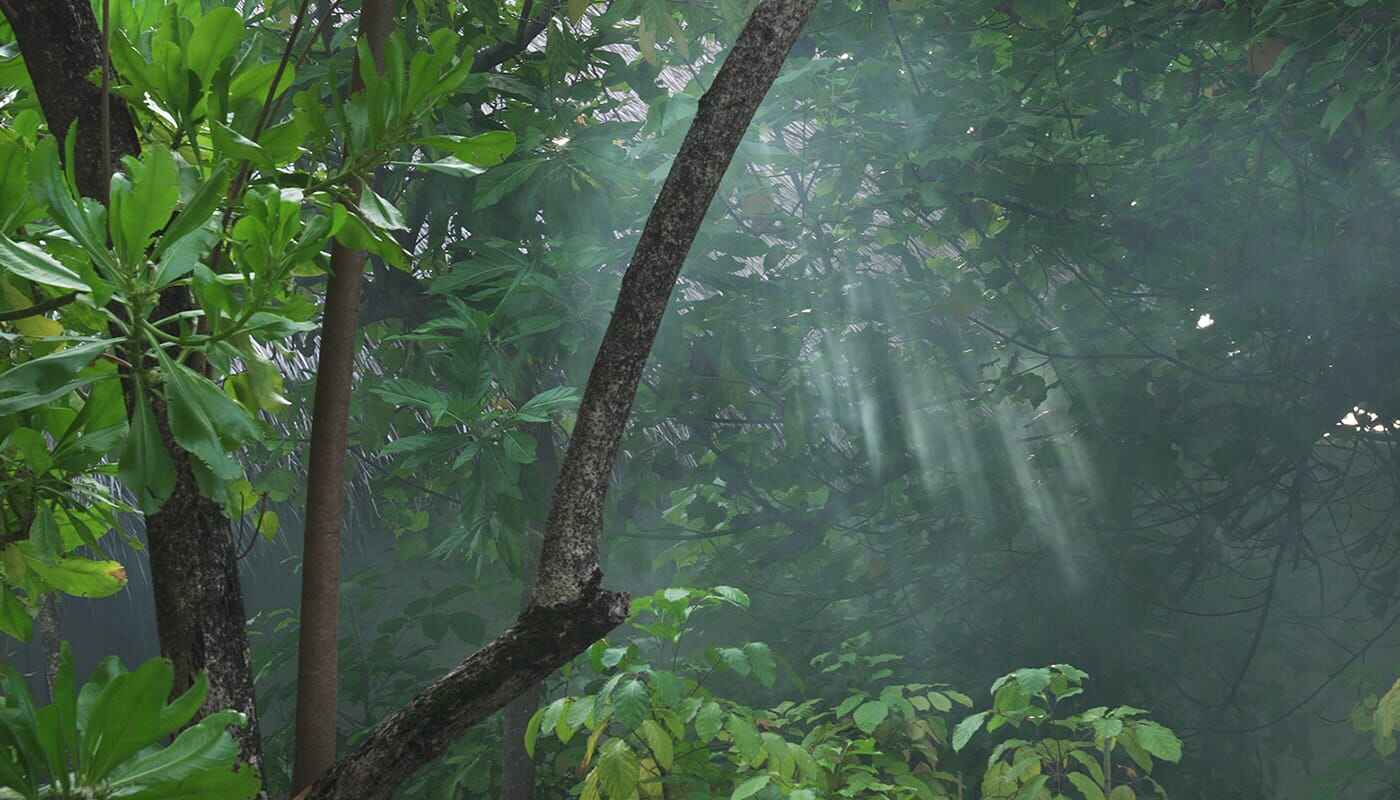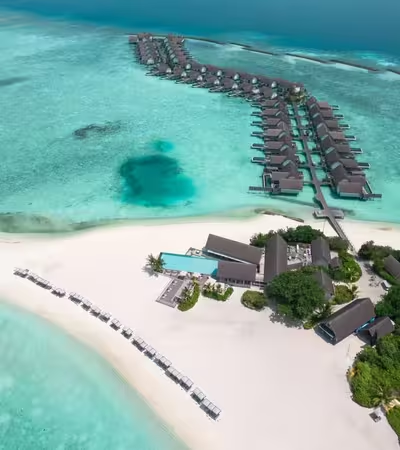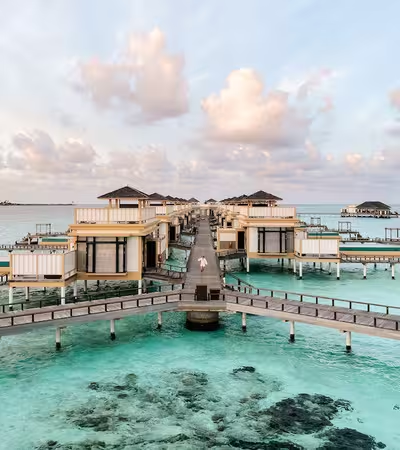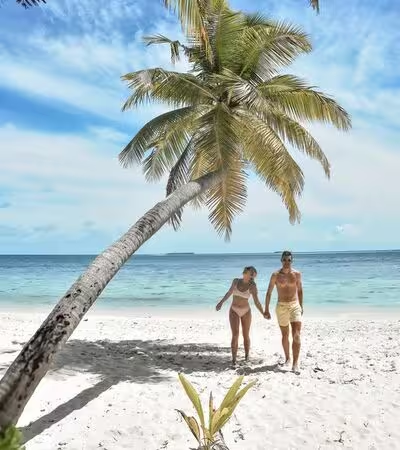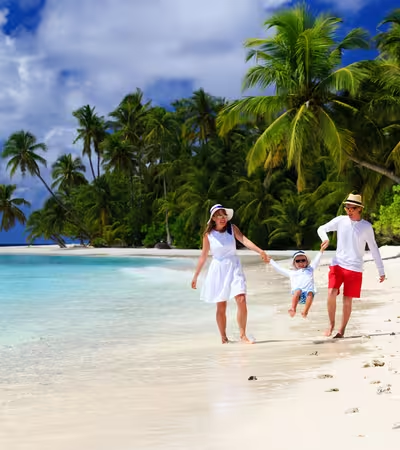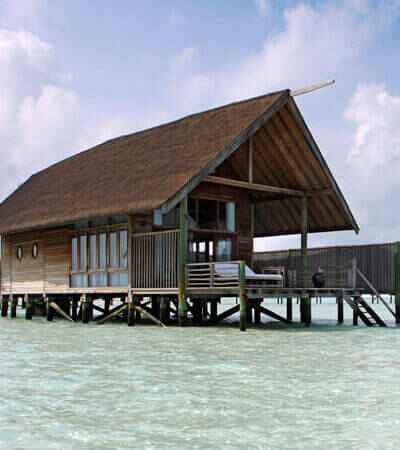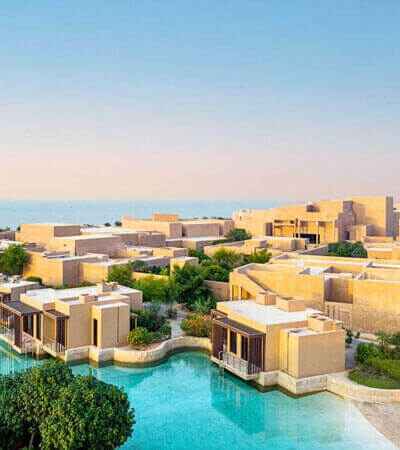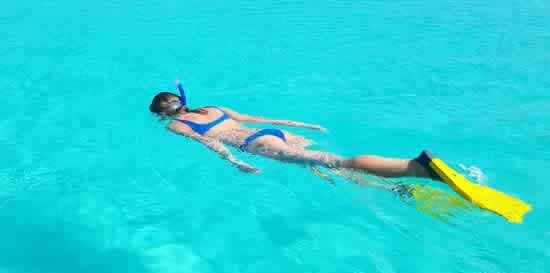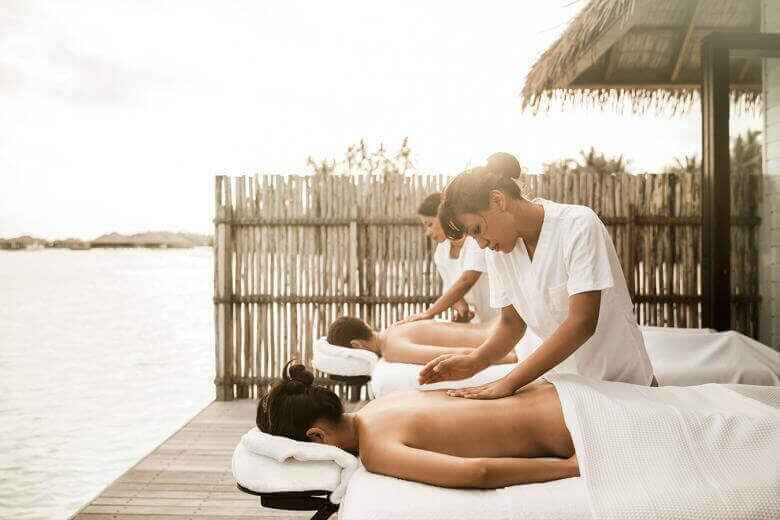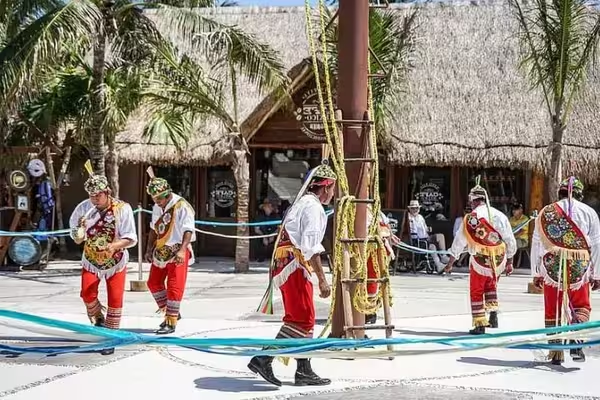
There is more to the Maldives than just stunning beaches and luxurious resorts. it is also the center for lively music and dancing which offers a distinct cultural experience. You can delve into the rhythmical pulse of the Maldives through traditional acts such as Bodu Beru, Thaara, Dhandijehun, and Bandiyaa Jehun. These heritages of culture have an enthralling view of the Maldivian lifestyle and are an essential sight for all travelers.
Bodu Beru
The most popular type of music and dance is Bodu Beru in the country enjoyed by both the young and the old, male or female. In almost every Inhabited island there exists a Bodu Beru troupe and it is usually played during special events and festivities.
Bodu Beru's musical instruments are three to four drums as well as different percussion instruments. These drums are produced using coconut husks and have covers made of goat skin or manta ray skin on the two sides. 10-15 clapping choristers accompany the leading vocalist who chants away the verses. The pace gradually picks up until it finally gets into a crazy peak.
The drumming speeds up and then dancers begin emerging from the midst of the group swaying to the tune. The dancers make violent movements in time with the fast drumming rhythm attracting onlookers who clap and join in the dance. Then old men who had been sitting by themselves suddenly identify a strain that had struck them before pushing themselves into this space. They twist their bodies into all shapes imaginable with faces full of disgust as they pass on to upcoming generations what they were taught by their ancestors amid cheers from everyone around. During Mueenuddeen I’s monarchy, captives from Africa who introduced bodu beru to the Maldives in the early 19th century were set free and taken to Feridhoo Island in Ari Atoll. Bodu beru spread, affirming its place among most esteemed forms of diversion throughout that region.
Thaara
The entertainment industry in the community is where Thaara is most cherished. Below sit two lines of men shimmying hand drums at the same time as the others dance between them in white clothing. It is said that Thaara was first brought here from Middle Eastern countries during this period. These days, Thaara only takes place in national gatherings.
Dhandijehun
Dhandijehun is another form of entertainment which is loved by people from all parts of the country. It is often done during the time of festivities like Eid or other big national days.
Bandiyaa Jehun
Young women perform Bandiyaa Jehun with more frequency than any other form of dance. They form two lines facing each other while holding metal water pots. As they sing and dance to melodious music, they rhythmically play the pots by tapping them with rings worn on their fingers.
Despite the fact that Western popular culture, as well as Indian music, is so trendy nowadays, our conventional music and songs that have been inherited from past generations are still much alive. Vocal styles like Raivaru, Farihi or Bandhi which are done anywhere in the country also fall under this category.
Maldives night life

We want to make sure you have a good time when you go on vacation. This is why at Kuredu, there are many options available for dancing through the night with your friends or relatives. The weekly timetable for events includes various forms of entertainment that cater for every taste-buds; there are also numerous alternatives for people who would rather not be disturbed during their peaceable nighttime hours. When the sun sets over the primeval waters of the Maldives, the islands come alive with a exciting nightlife that offers something for everyone. Enjoy music and dancing in the Maldives with a diversity of nighttime activities, from dazzling parties to cultural shows. Here are some of the must-experience events that showcase the diverse nightlife of this tropical paradise:
White Night Party
Every Friday night is the ultimate party in Maldives; the famous 'White Night' at Kuredu. DJ Vifak, Maldives’ number one DJ, and Lakvinda, our resident DJ, are usually on the decks blasting your favorite tunes. The Babuna Bar is beautifully adorned in an attempt to help patrons get into the mood while people are advised to wear white clothes for this event.
Live Music
If you are into live music, check out our live band events frequently with Equatic Vibe which is one of the Maldives most talented bands. Playing a mix of the best hits from the 70’s, 80’s, and 90’s plus the ones requested by guests, Live Band night ranks high among Kuredu’s popular evenings and promises to get you into the groove. Our skilled musicians will play acoustic sets around the island easing people who would rather avoid the noisy side of life into the week with their calming performances as well.
Retro Pool Party
Kuredu’s Pool Party is a great event because it involves dancing on a big floor next to a pool with a disk jockey playing music from the 70's & 80's to current chart-toppers under the sky at night next to water with bubbles and lasers.
Maldivian Culture Show
Unleash your wild side as you watch members from our group perform this spectacular cultural show. It is a very fascinating experience to literally watch them bring one of the most intriguing of our traditional songs alive on stage. In this act, demonstrated skills include palm weaving.
The nightlife of the Maldives is a great combination of contemporary entertainment and traditional culture, making every night have a buzz of activity. There is always something for everyone to enjoy in the Maldives, as it has several spots where one can revel on the beach, rock to live tunes or experience indigenous backgrounds. Enjoy music and dancing in the Maldives and create unforgettable memories under the tropical night sky.






